How to make a Mediterranean garden
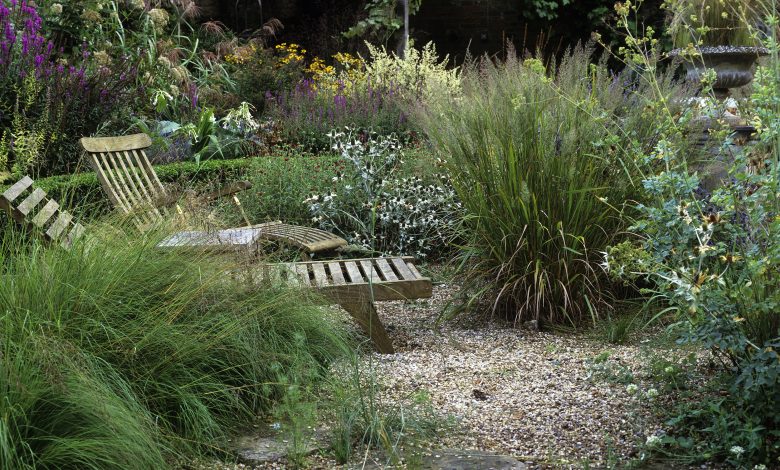
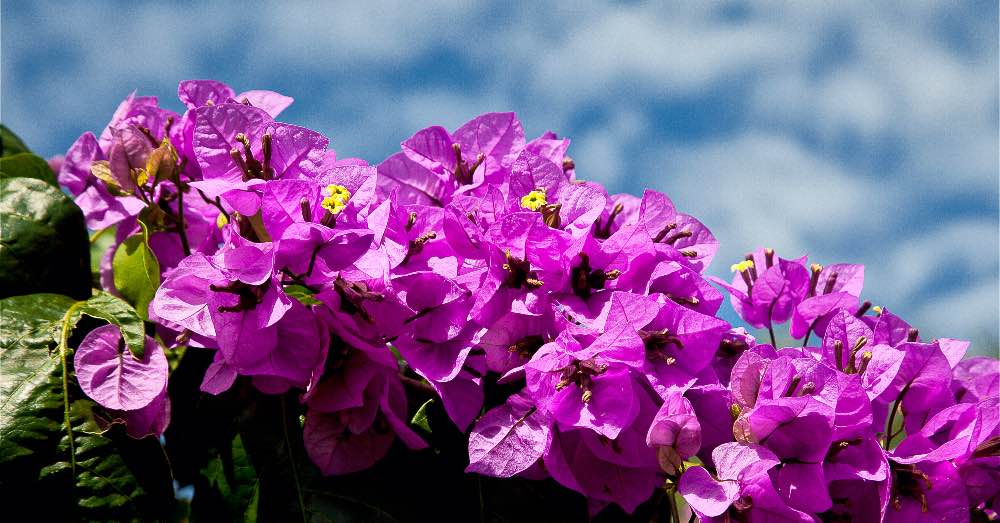
The Mediterranean garden is one of the most charming gardening styles that exist. We are not only talking about an aesthetically harmonious space, in which outdoor plants and decoration accessories are combined to form a whole. It is also a highly sustainable space that responds to two fundamental premises: saving water and resistant plants. Two aspects that guide, to a large extent, the design of this type of green space.
As its name indicates, the Mediterranean garden is typical of a region with a well-defined climatology in which the rains are not abundant and the sun is rigorous. A particularity that marks, to a large extent, the design of a space that must resist these particularities. But make no mistake: it is not necessary to live on the shores of the Mediterranean to be able to enjoy this type of garden. Thanks to the climate of much of our country, it is possible to recreate its charm away from the Mare Nostrum and enjoy its unique personality.
Whether it is because this style of garden catches our attention or because we consider how to make a low-maintenance sustainable garden, there is no doubt: enjoying it is guaranteed.
KEYS TO HAVE A MEDITERRANEAN GARDEN
Unlike other gardens, the Mediterranean garden is characterized by its marked rustic style. And we are not only talking about the choice of plants or the little care that it demands in general terms. We also refer to the general look of the space. These types of gardens are marked by their rugged and wild appearance. A consideration to take into account since, far from that idyllic image of a perfect and millimeter garden, our space will look substantially more natural.
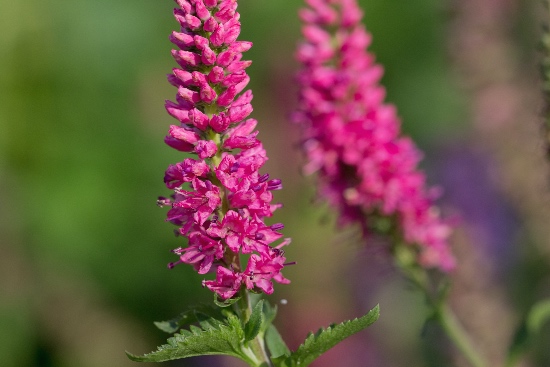
In addition to this detail, there is another essential that we must consider to have a Mediterranean garden. One of the characteristics of these spaces is their particular perfume. Playing with the aromas of plants and flowers is key to creating the atmosphere we are looking for. And it is that, although it may seem like just a nuance, it is actually a fundamental part of the Mediterranean spirit.
Taking these two details into account, let’s see what a Mediterranean garden should have to meet the expectations of this type of design.
1. Commit to saving water, the fundamental starting point
As we said, the original Mediterranean garden is naturally accustomed to water scarcity. Therefore, if our intention is to be faithful to its design, we will have to bet on trying to save as much water as possible. Something that translates, in an initial step, into giving up the large expanses of natural grass that are characteristic of any garden.
Although it may seem dramatic, it is not. The grace is that we can opt for other alternatives comparable in beauty to this garden herb, but that will allow us to save substantial water. The first is to opt for ground cover plants that cover the ground with vegetation without having high irrigation demands. Although the range of options is wide, it is usual to opt for succulent plants, for well-developed perennials such as aptenia cordifolia; or by creeping bushes and low water demand.
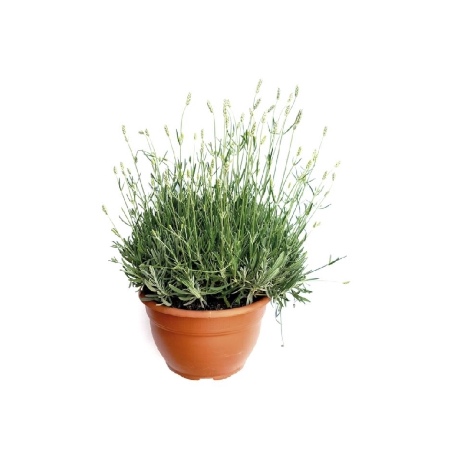
But plants are not the only option. Because in essence, the Mediterranean garden bets a lot! due to the use of aggregates to cover the ground. Yellow or reddish gravel and volcanic clay are ideal options to create that rustic atmosphere that is sought after with this type of garden.
And if the low maintenance level of both options was not enough, there is one more detail to add that makes them irresistible. We no longer have to consider how to eradicate weeds in the garden: both groundcover plants and aggregates will largely prevent their proliferation.
2. Choosing plants for the Mediterranean garden: low-maintenance and resistant
Key code! As we said, one of the fundamental objectives of the Mediterranean garden is that it be a space of low demand. Therefore, it is essential to opt for plants that do not require high maintenance. A compelling reason to learn about some drought-resistant plants and incorporate them into the design of our garden.
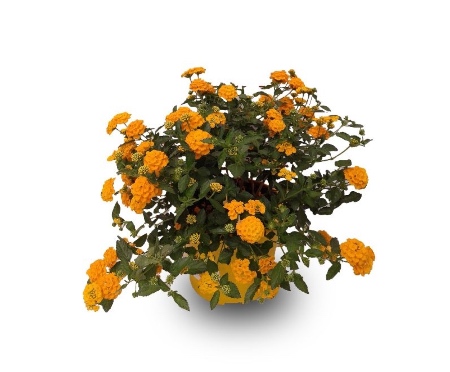
In general, there are some plants that are truly essential to achieve that Mediterranean air that we are looking for. And, although it may seem to us that opting for rustic plants limits the choices, it is not. Although there are many more, let’s see some of those plants that, yes or yes, we have to contemplate:
- Trees: both fruit trees, such as lemon or olive trees; as ornamentals, such as mimosa or jacaranda
- Aromatic: lavender, rosemary, oregano, thyme or mint
- Succulents: aptenia, aloe vera or aeonium
- Flower plants: geraniums, rose bushes, petunias, heather, lantana, veronica or carnation
3. Create shaded areas decorated with climbing plants
Climbers cannot be missing from the list of plants in any self-respecting Mediterranean garden. However, we leave them in a separate chapter since, in order to respect the native design, they must be linked to another essential element: the shaded areas. Some areas designed to have a space in which to enjoy the outside without being exposed to the sun.
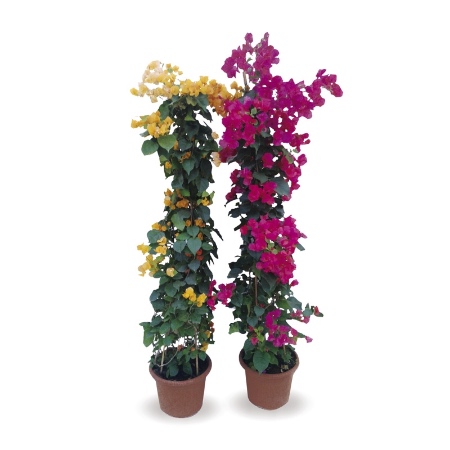
In general, these shaded areas are usually porches or pergolas. And as essential as having them is dressing them with climbing plants. Some chosen to resist the heat but, also, for their low demand for care. Virgin vine, bougainvillea, wisteria or jasmine are safe bets to give these spaces leafiness, freshness and color. The trio of aces that this style demands.
4. Bet on hedges, bushes and palm trees: a fundamental touch of the Mediterranean garden
They are the trio of aces of Mediterranean garden design. Not only do they seek to create that game of volumes that is so necessary for landscaping. In addition, and once established, they are plants that need low maintenance and, in general, require little water. A good reason for us to have them if we seek to have a sustainable Mediterranean garden.

Let’s see in detail what it means to have this type of plants in the context of a Mediterranean garden, starting with the essential hedges. They are, without a doubt, an essential element in the design of this type of space. Not only will they act as a visual barrier to preserve our privacy, but they will also allow us to enjoy their unique color throughout the year. Although there are different options, there is no doubt that there is a leading conifer: the Mediterranean cypress or cupressus sempervivens. A wonderful companion that requires little care, that grows rapidly in its early years and that perfectly accepts being trimmed to the shape we want.
In the case of palm trees, their main objective is to add an exotic and beachy touch. Of all the options, the Washingtonotnia robusta or the heart of palm are two fantastic options. They will not only maintain that Mediterranean look that we are looking for. In addition, they are not very demanding in all aspects and, in the case of the first, it is fast growing.
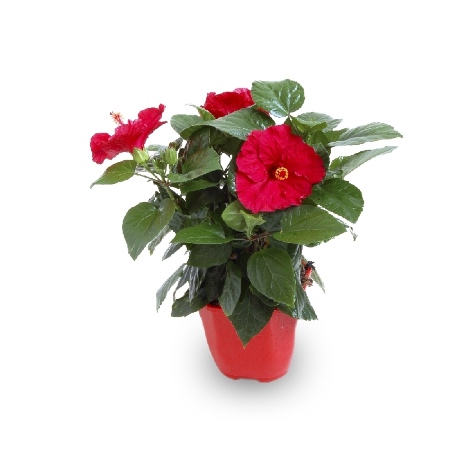
And we close this chapter with the bushes. Although they do not necessarily have to be flower bushes, such as the oleander or the Hibiscus; it is true that there is a natural tendency to opt for them. It is logical: as we said before, one of the characteristics of Mediterranean gardens is the color and variety of flowers.
5. Create rockery areas or incorporate decorative stones
Let’s remember: the main characteristic of Mediterranean gardens is that they are rustic and wild. A personality in which a natural element in full harmony with that style cannot be missing: stones. Incorporating it in the design of our garden will encourage volumes and give us a game, incidentally, to incorporate plant areas.
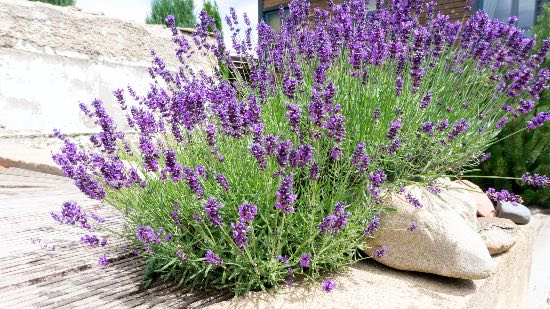
To play with the stones, we have several options. On the one hand, we can add them as mere decorative elements that integrate with the plants forming a whole. If this is our desire, we will have to opt for stones with a good format so that, even if our plants grow a lot, they can be seen.
But aside from this approach, we have the option of considering how to make a rockery for the garden. A proposal that makes plant and stone form a unique highly aesthetic symbiosis. If we opt for this alternative, it is important to know which are the best plants for rockery.
6. Play with pots of different volumes
And if stone is an essential element in the design of Mediterranean gardens, there is another essential that we cannot ignore: mud. The pots become true allies to create that warm and carefree atmosphere of this type of garden. And, although we can opt for painted or decorated pots, there is no doubt that we will have to alternate them with others in which, simply, terracotta is the protagonist.
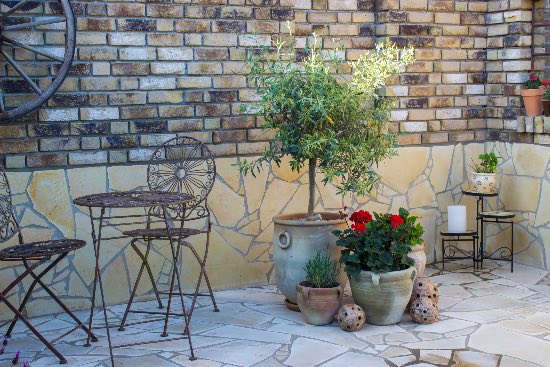
As important as incorporating them into the design of the space is that they be of different sizes and heights. Again, the volumes are key to achieving the style. So combine large pots with small ones without fear!
7. Complement the space with decoration and textiles
The last point for the design of Mediterranean gardens but not the least important. And it is that although the tones of the clay and or the stone are combined with the bright tones of our plants, that does not imply that we give up decorating the rest of the space. In fact, we must do it by combining white as the main color with brushstrokes of bright tones that give the whole that look we are looking for.
Thus, cushions, plaids, candle holders, kitchenware and other decoration elements will be essential to round off the personality of our space, and imprint our own style on it.
A unique character for a type of garden that invites you to enjoy the outside feeling at home.



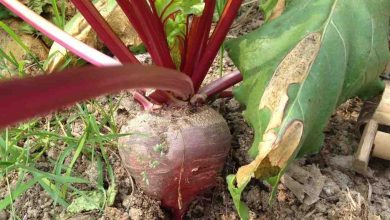
![Photo of Erica Gracilis: [Characteristics, Cultivation, Care and Disadvantages]](https://www.complete-gardening.com/wp-content/uploads/2022/08/erica-gracilis-characteristics-cultivation-care-and-disadvantages-390x220.jpg)